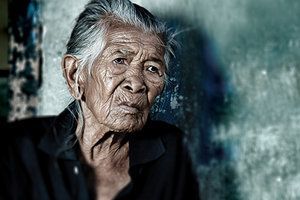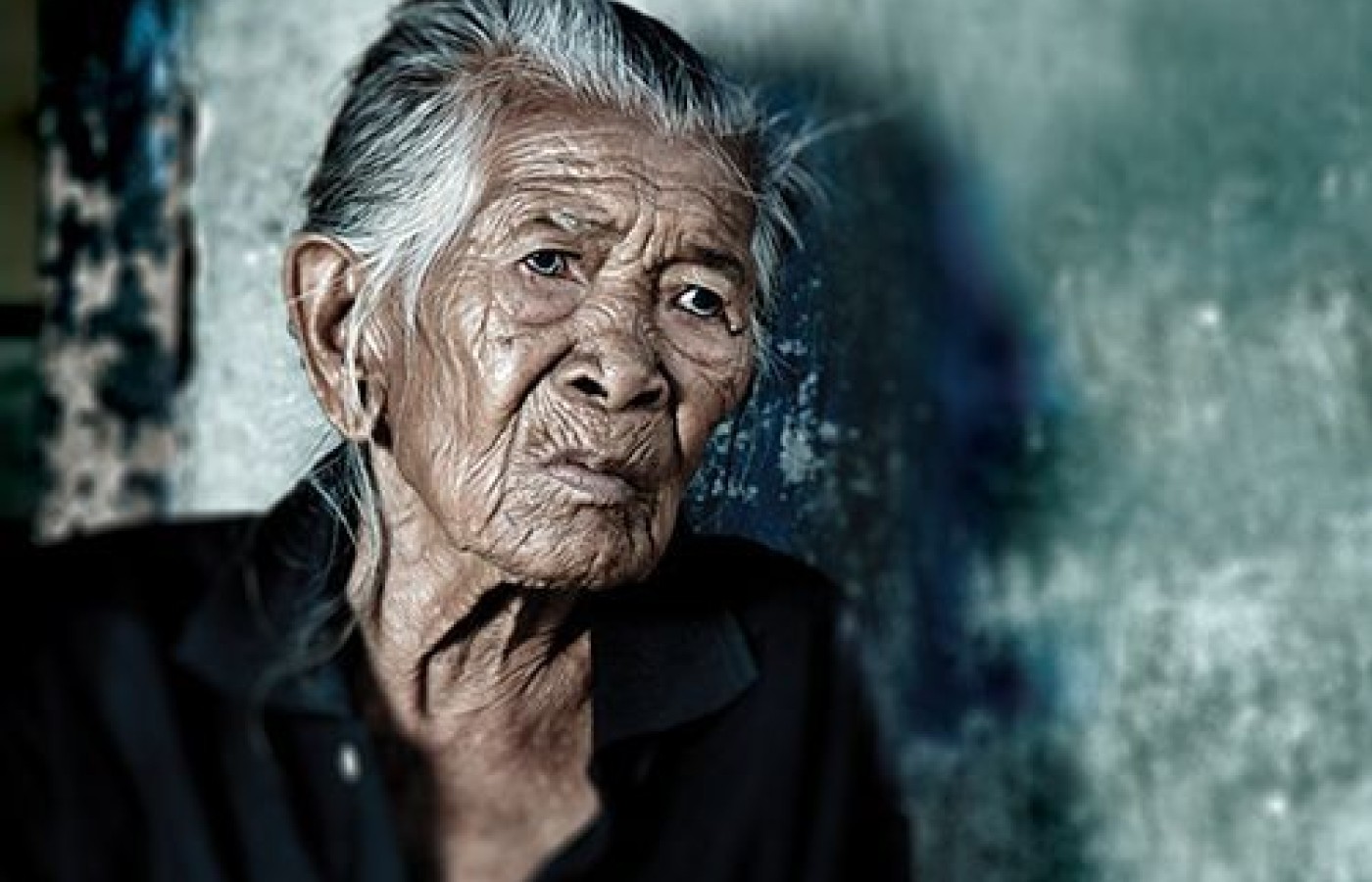You became a chiropractor to serve people, not an insurance company. You deserve to run a business that aligns with your values, supports your family and lights you up. Cash-based care isn’t just a pricing model – it’s a philosophy rooted in freedom, trust and respect for your patients and for yourself. Here's why - and how - to do it.
Living Well: Lessons From Our Oldest Old
Aging is a significant public health problem, important to chiropractors in practice and important to DCs who teach students training to become chiropractors.
Recently, I was leaving the Palmer College in Davenport, where I teach about aging well in my geriatrics class. National Public Radio (NPR) is my jam, and as I tuned in for my NPR "fix," I heard a story about an Italian village along the Mediterranean Sea called Acciaroli. Perfect! Right up my alley!
The Geography of Longevity?
In the village of Acciaroli, about one-third of the residents (nearly 300 of them) are more than 100 years old. Even more fascinating is the fact that 20 percent of those centenarians are actually "supercentenarians," ages 110 years or older!1 It's jokingly said this village is where "people forget to die."
Alan Maisel, a cardiologist from the University of California in San Diego, is part of a joint U.S.-Italian research team studying the centenarians of Acciaroli. Dr. Maisal and his co-investigators want to better understand why so many of them are living so long. So far, the researchers have observed that these villagers eat anchovies at nearly every meal, often cook with rosemary, and enjoy wine and coffee in moderation.2
All of these habits have been studied related to their positive effect on health. But many of the residents smoke or are overweight, and few do much exercising, aside from walking around in the village. However, it is said the villagers of Acciaroli spend a lot of time laughing, and enjoying time with family and friends. Scientists hope to learn more about the extraordinary longevity of this part of Italy and what lessons we can learn from this group of the "oldest old."

Acciaroli is not the only place where people live longer and better. Several other areas of the world have pockets of centenarians. Okinawa, Japan, has long been known for longevity, with a life expectancy of 81.4 years, far higher than the majority of nations.3 Since 1975, the Okinawa Centenarian Study has examined the lifestyles of more than 900 centenarians.4 This study has shown genetics is an important factor for longevity.
In addition to genetics, cultural habits such as hara hachi bu (eating only until 80 percent full) and staying physically active are key reasons Okinawans retain remarkable health. Their diet consists of a lot of fish and vegetables, and plenty of walking.4
One popular theory on aging is the free-radical theory, wherein damage from free radicals is suspected as the culprit in causing damage to our tissues and even our DNA as we age.5 In Okinawa, the centenarians may limit free-radical damage by eating a low-calorie diet and plant-based foods that are high in natural free-radical scavengers.6
Okinawans not only live longer, but also live healthier, with lower levels of heart disease and atherosclerosis, and lower rates of several hormone-dependent cancers such as prostate and breast cancer.7
In the U.S., we have one such pocket of longevity. In Loma Linda, Calif., a subset of the population regularly exceeds the average American lifespan: the Seventh Day Adventists. Their faith encourages a vegetarian lifestyle, close family ties and resting on the Sabbath day.8 Seventh Day Adventists also avoid alcohol and tobacco as part of their faith practices.
These practices may not be well-studied as they relate to longevity, but Seventh Day Adventists live an average of 10 years longer than the typical American.9
While scientists continue to study the people in parts of the world that seem to breed longevity ("Blue Zones"), some patterns have emerged. Michael Pollen, the author of In Defense of Food: An Eater's Manifesto, may not have been far off the mark when he said, "Eat food, not too much, mostly plants."10
It seems many of the oldest old tend to eat less and eat a lot of plant-based foods. Fish seems to be a mainstay in many of the areas where people live longer than those in nearby regions.
Stories of Longevity: Learning From the Oldest
We have much to learn from the world's oldest old. Beyond just population studies, it is also interesting to learn from some of the individuals who have lived longer than most. According to the Gerontology Research Group (GRG), there are 74 verified living supercentenarians in the world, 71 of whom are female. The GRG reports there are probably hundreds more supercentenarians who have yet to be verified.11
Filomena Taipe Mendoza lived until the age of 117 years old, living in poverty in the Andes Mountains of Peru. She was one of the world's oldest living people, according to the GRG,11 passing away in early 2015. Filomena said the secrets to aging well are:
- Eating a natural diet of potatoes, goat meat, sheep's milk, goat cheese and beans
- Cooking only items she grew from her own garden
- Never eating processed foods
Misao Okawa, who died in March 2015, also lived until the age of 117. Japan has the most centenarians in the world with more than 58,000, according to the country's government. About 87 percent of them are women.
Misao was born on March 5, 1898, at a time when Queen Victoria was still on the throne. So, what was Misao Okawa's secret to longevity?
- Three large meals a day
- Eight hours of sleep a night
- Lots of sushi and ramen
- Plenty of physical activity
France's Jeanne Calment died on Aug. 4, 1997 at the impressive age of 122 – the oldest age anyone has ever lived, according to Guiness World Records. She was alive before the telephone was invented and met Vincent Van Gogh. Some of her secrets to staying young might surprise you:
- Drinking Port wine
- Eating 2 pounds of chocolate per week
- Treating her skin with olive oil
- Taking up fencing at age 85
- Riding her bike until she was 100
- Smoking until she was 117
What We Can Share With Our Patients
I am inspired by the world's oldest old. They give me hope people can live a variety of lifestyles and defy what we believe are the necessary ingredients for aging well. However, some of what we can learn from the oldest old is a positive attitude may be among the secrets that play a role in helping us exceed even our own age expectations!
I'm further inspired by being able to integrate chiropractic and public health in my teaching about aging and aging well. In our aging world, I think it's good to have mentors. Mine are those who exceed what statistics say is the normal life expectancy. After all, who wants to just be normal?
References:
- "In One Italian Village, Nearly 300 Residents Are Over 100 Years Old." "All Things Considered": National Public Radio, March 30, 2016.
- "What Are the Secrets of Centenarians?" "Ted Radio Hour": National Public Radio, May 22, 2015.
- Okinawa Centenarian Study: Evidence-Based Gerontology (www.okicent.org/study.html).
- Fries JF. Aging, natural death, and the compression of morbidity. New Engl J Med, 1980;303:131-5.
- Sohal RS, et al. Oxidative stress, caloric restriction, and aging. Science, 1996;273:59-63; Heilbronn LK, et al. Calorie restriction and aging: review of the literature and implications for studies in humans. Am J Clin Nutr, 2003;78:361-9.
- Suzuki M, et al. Implications from and for food cultures for cardiovascular disease: longevity. Asia Pac J Clin Nutr, 2001;10(2):165-71.
- International Agency for Research on Cancer (IARC) and World Health Organization (WHO). GLOBOCAN 2012: Estimated cancer incidence, mortality and prevalence worldwide in 2012.
- "Residents of Okinawa, Sardinia, and Loma Linda, California, Live Longer, Healthier Lives Than Just About Anyone Else on Earth. What Do They Know That the Rest of Us Don't?" National Geographic, November 2005.
- "Health Benefits of a Deep Religious Commitment." CBN News, April 7, 2015.
- Pollen M. In Defense of Food: An Eater's Manifesto. NY: Penguin Books, 2008.
- Current Validated Living Supercentarians, Jan. 1, 2015. www.grg.org/Adams/E.HTM
Editor's Note: This marks the end of Dr. Rand Baird's longtime participation as editor and occasional author of "Chiropractic and the Public's Health" (originally "Chiropractic in the American Public Health Association") column. Dr. Baird founded the column in 1995, making it one of the longest-running regular installments in Dynamic Chiropractic. We thank Dr. Baird for his dedicated service and will continue the column moving forward with single or multiple contributors involved in public health.



